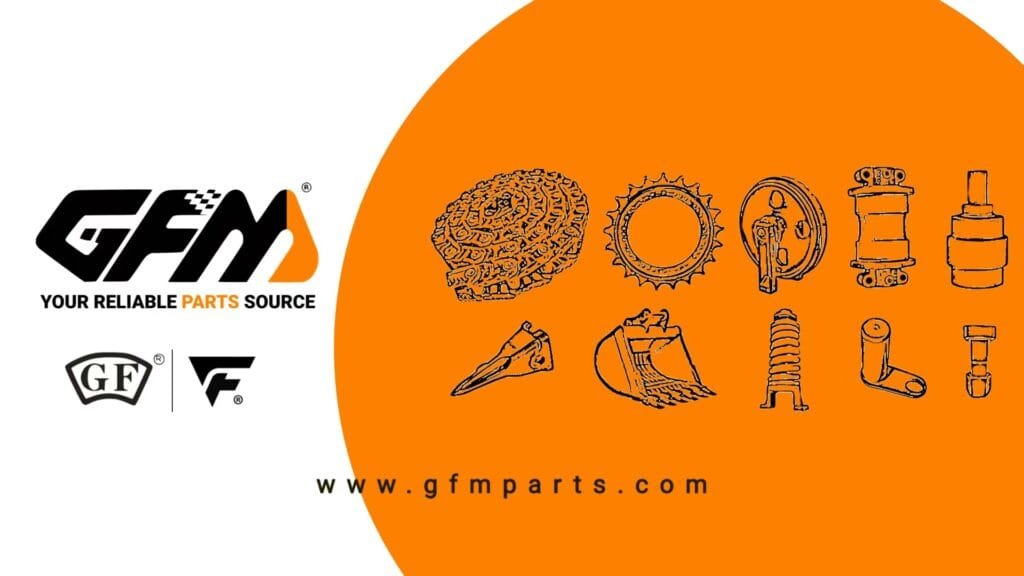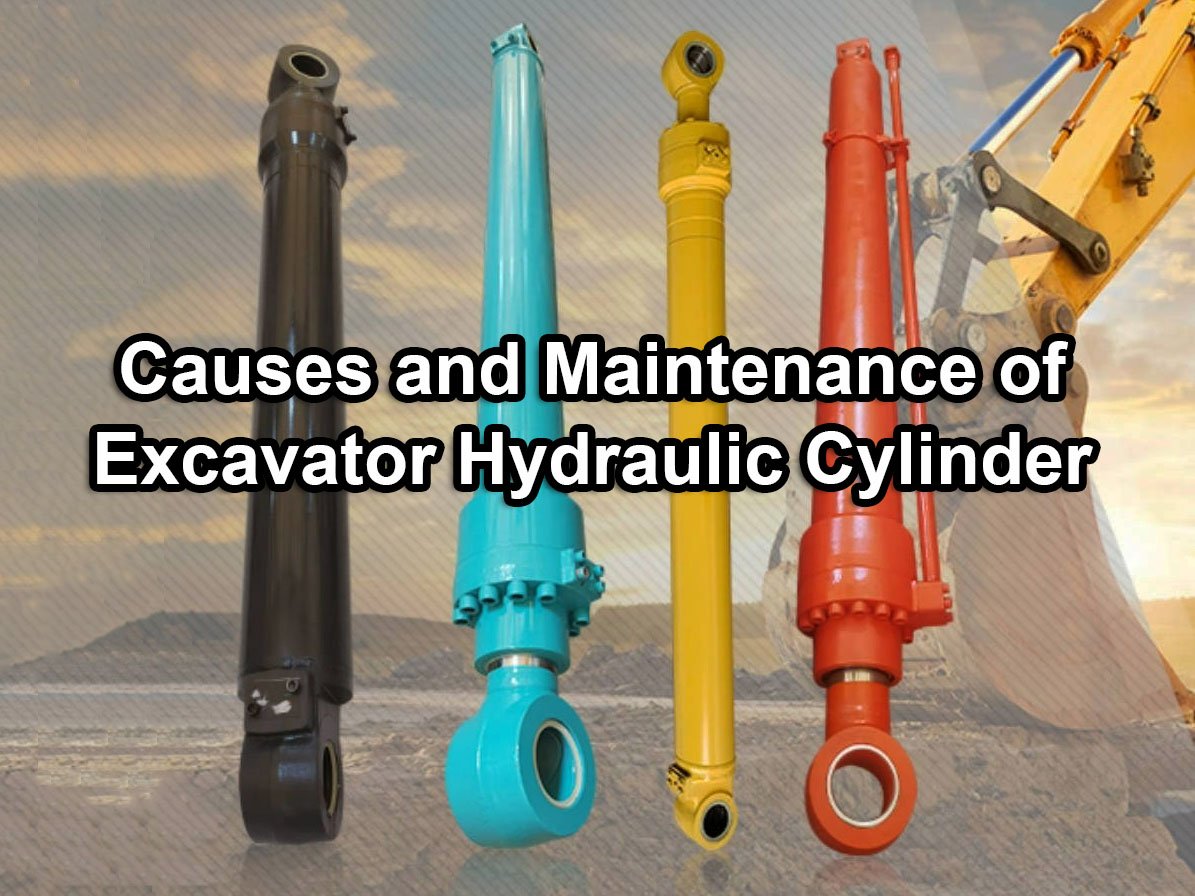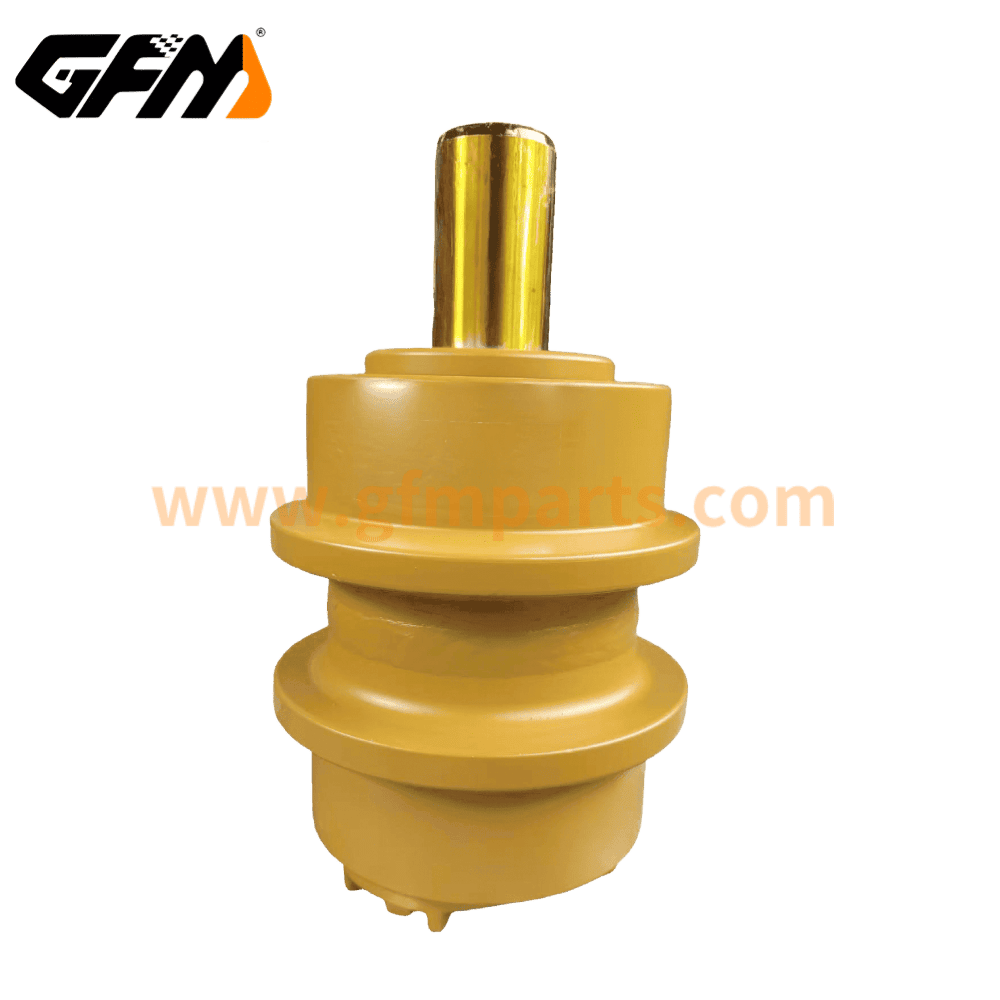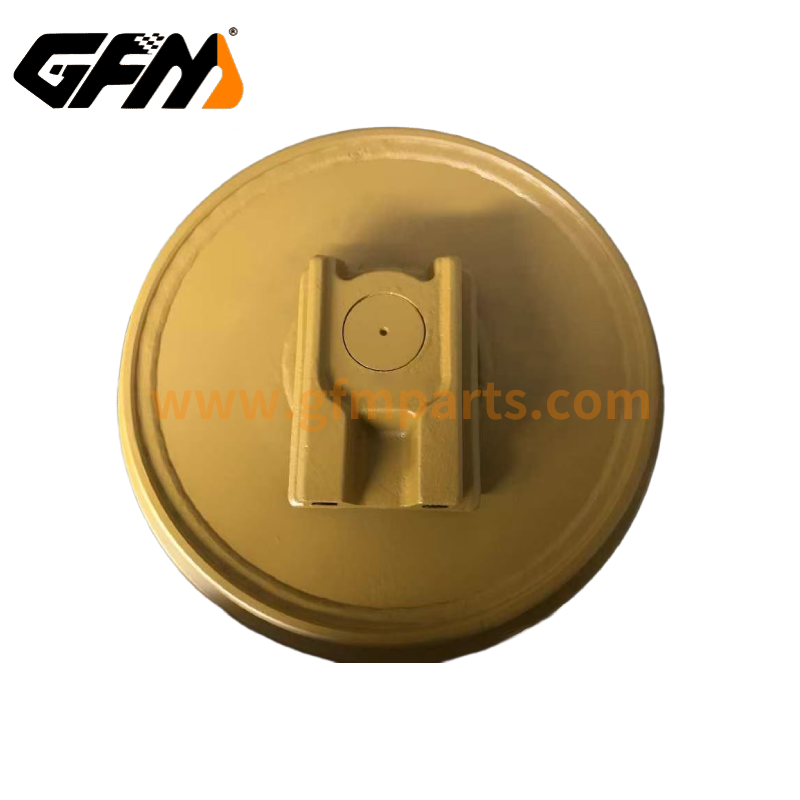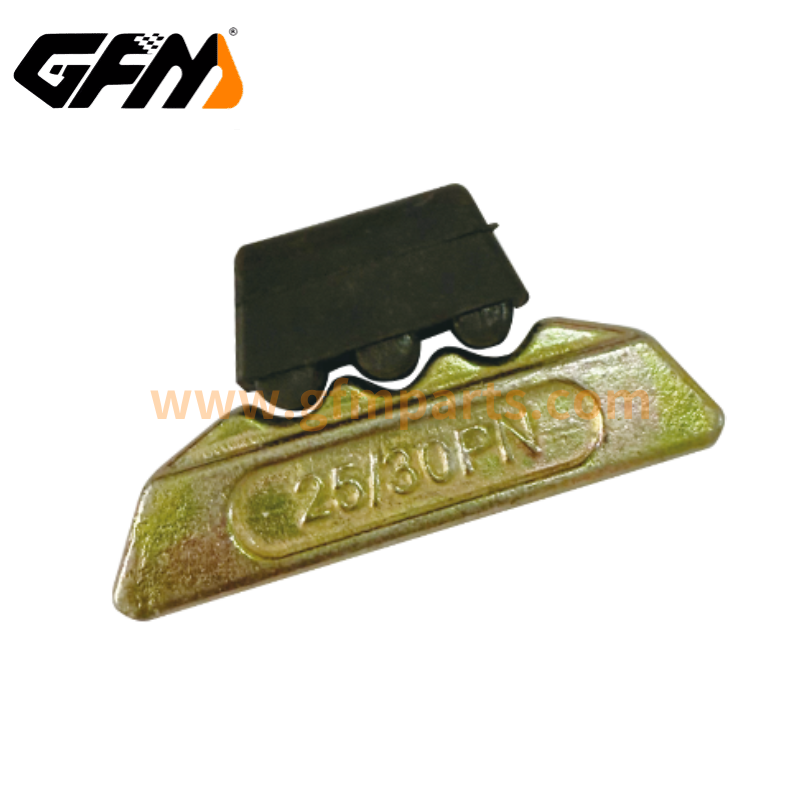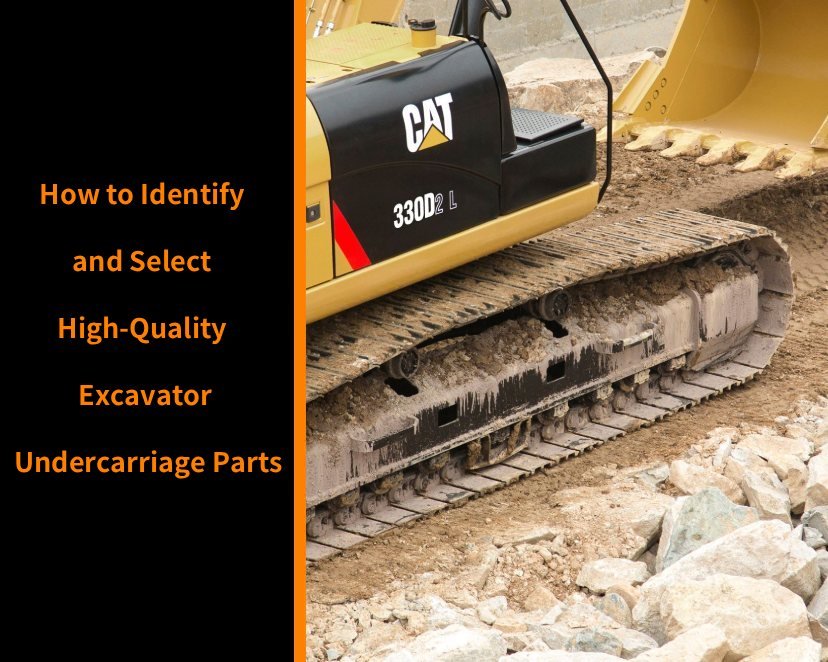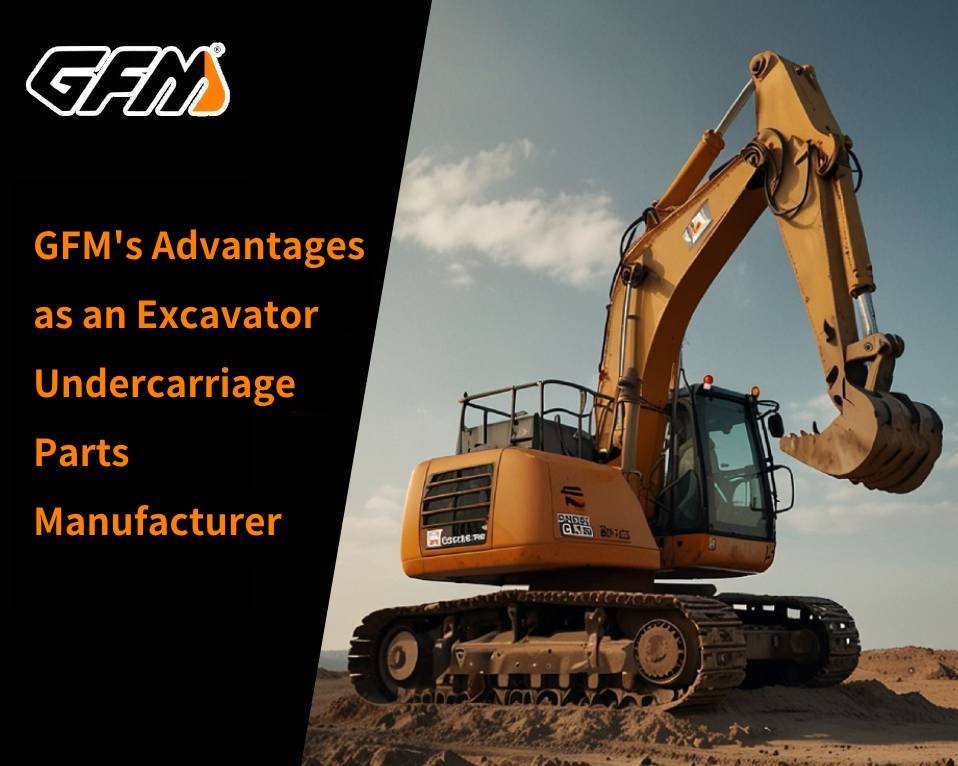As an important equipment in the field of modern engineering, the performance and stability of excavators are crucial to the smooth progress of the project. However, damage to the excavator cylinder is a common problem, which not only affects the normal operation of the excavator, but may also cause additional maintenance costs and construction delays.
Operational reasons for damage to the excavator hydraulic cylinder
Pengoperasian yang tidak tepat
Walking without fully retracting the working device
Walking when the excavator’s working device is not fully retracted is one of the common causes of cylinder damage. At this time, the bucket is prone to collide with rocks or other hard objects, exerting excessive load on the cylinder piston, resulting in internal damage to the cylinder or cracking around the pin shaft.
Excavation with walking force
During the excavation process, if the operator tries to use walking force to increase the excavation force, this will not only reduce the excavation efficiency, but also may cause damage to the cylinder. Especially when the arm cylinder is about to be retracted, if the walking force is used for excavation, the walking force exceeds the bending force of the arm, which will cause the cylinder to bend or even break.
Excavation with the cylinder rod extended to the limit
When the hydraulic cylinder of the excavator is extended to the end position for excavation, the working cylinder and the frame will generate a huge load. This extreme operation will cause impact of bucket teeth and each axle pin, thus causing damage to the cylinder and affecting the normal operation of other hydraulic components.
The rear part of the crawler is lifted for excavation
The excavation operation is carried out by using the floating force of the rear part of the excavator body. When the bucket and the rock are separated, the body will fall and a large load will be generated on the bucket, counterweight, frame, slewing bearing, etc. This operation method can easily cause damage to the cylinder and other components.
The excavator starts working before it stands firmly
If the road surface is uneven (such as gravel road), if the excavator starts working without stopping steadily, it will cause uneven force on the lower frame in the long run, which will cause damage to the lower frame and the cylinder.
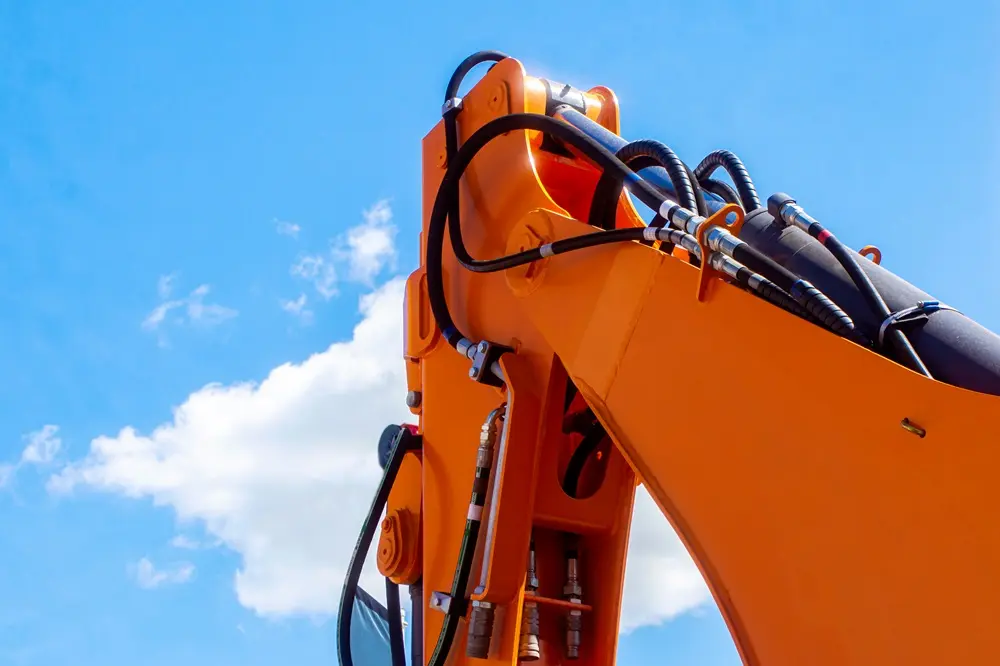
Faktor lingkungan
Pollutant intrusion
Mud, dust or water entering the hydraulic system may cause internal contamination of the cylinder, causing wear of the seal or deterioration of the hydraulic oil.
Extreme weather impact
When operating in high or low temperature environments, the cylinder material may crack or reduce strength due to thermal expansion and contraction, resulting in damage.
Improper maintenance
Hydraulic oil problem
Long-term failure to replace hydraulic oil or use of unqualified oil may lead to insufficient lubrication or corrosion of the cylinder.
Penuaan segel
Lack of regular inspection, aging or damaged seals and failure to replace them in time may easily cause oil leakage.
Lack of cleaning
The sand or impurities accumulated on the outside of the cylinder are not cleaned in time, which may cause external damage to the cylinder.
Quality problems
Poor-quality cylinders are prone to deformation, oil leakage or bursting under high pressure, seriously affecting equipment safety.
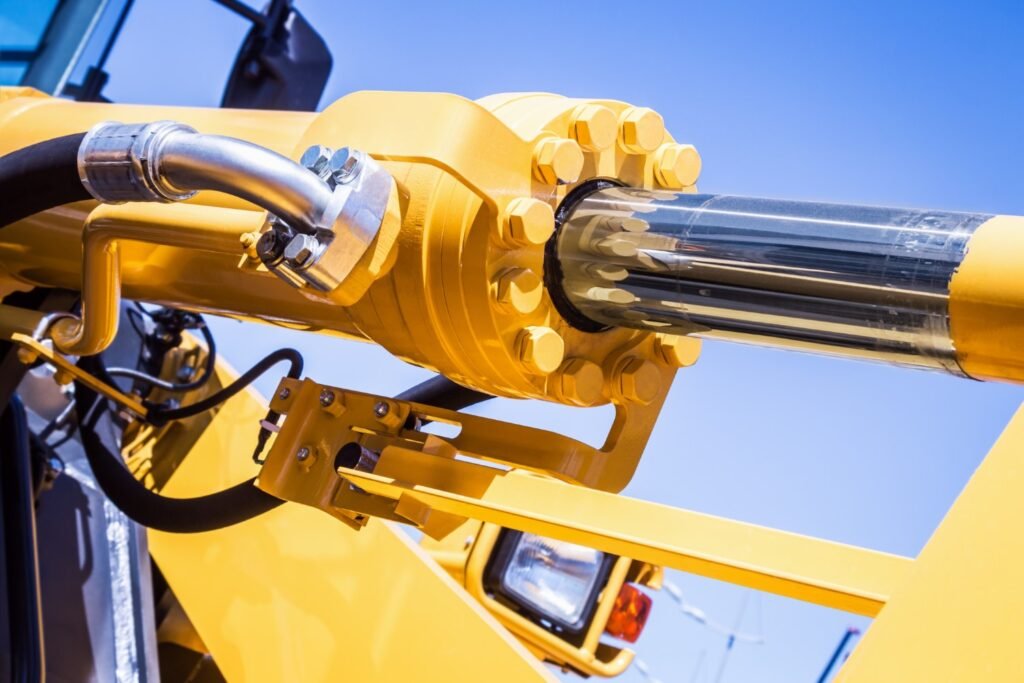
How to maintain and maintain the excavator cylinder
Operasi yang benar
Regularly replace hydraulic oil and clean the system filter
Hydraulic oil is an important part of the excavator hydraulic system, and its quality and cleanliness directly affect the service life of the cylinder. Therefore, the hydraulic oil should be replaced regularly and the system filter should be cleaned to ensure the cleanliness and stability of the hydraulic system.
Preheat the system and exhaust the air
Before the working device is operated, 5 strokes of full extension and full retraction should be performed, and then run under load. Doing so can exhaust the air in the system, preheat each system, and avoid the presence of air or water in the system causing the cylinder body to explode (or burn), thereby damaging the seal and causing failures such as cylinder leakage.
Control system temperature
Excessive oil temperature will reduce the service life of the seal, and long-term high oil temperature will cause the seal to deform permanently or even fail completely. Therefore, the temperature of the hydraulic system should be reasonably controlled to ensure that the oil temperature operates within an appropriate range.
Protect the outer surface of the piston rod
The piston rod is an important component of the cylinder, and its outer surface is susceptible to bumps and scratches. In order to prevent these damages from damaging the seal, the mud and sand on the cylinder seal dust ring and the exposed piston rod should be cleaned frequently to prevent dirt from entering the cylinder and damaging the piston, cylinder or seal.
Lubricate the connection parts
Lubrication of the connection parts is essential to prevent rust and abnormal wear. Therefore, these parts should be lubricated frequently to ensure that they will not rust or wear in the absence of oil.
Avoid extreme operation
During operation, avoid extending the cylinder to the extreme position for excavation. This can reduce the load on the cylinder and frame and extend the service life of the cylinder.
Ensure the stability of the excavator
Before the excavator starts working, it should be ensured that it is in a stable state. Especially when the road surface is uneven, some soil or other materials should be placed underneath to make the ground stable and avoid damage caused by uneven force on the lower frame.
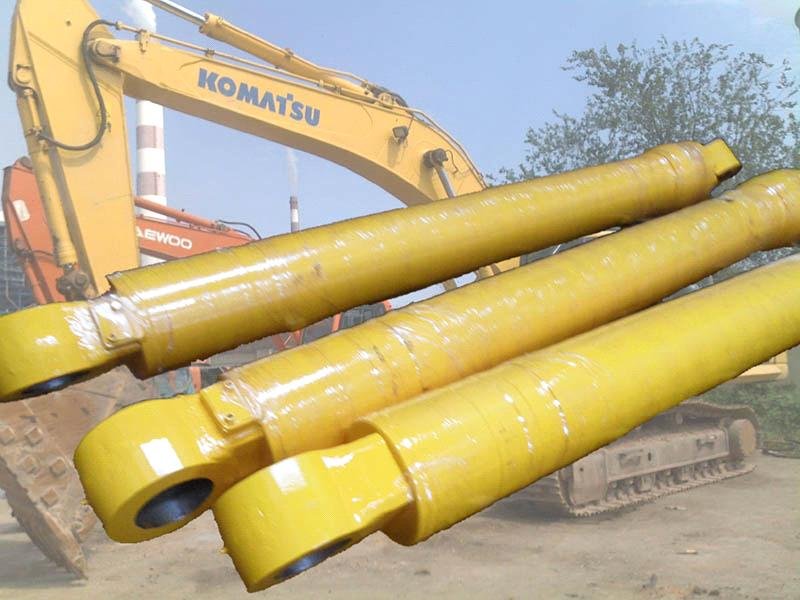
Pemeriksaan rutin
Check the seals
Regularly check whether the cylinder seals are aging, cracking or worn, and replace them in time if problems are found.
Check the cylinder
Observe whether there are scratches, dents or cracks on the outside of the cylinder, and repair or replace if necessary.
Check the hydraulic system pressure
Use professional equipment to regularly check the hydraulic system pressure to ensure that it operates within a safe range.
Keep it clean
External cleaning
Regularly clean the sand and dust on the outside of the cylinder to prevent impurities from scratching the cylinder.
Replace the hydraulic oil
According to the manufacturer’s recommendations, replace the hydraulic oil regularly and use high-quality filters to prevent contaminants from entering the system.
Use high-quality accessories
Choose cylinders and accessories from reliable brands to ensure that the materials and manufacturing processes meet high standards and reduce the failure rate.
Storage precautions
If the equipment is out of use for a long time, the cylinder should be placed in a retracted state to avoid long-term exposure of the cylinder body to prevent rust or damage.
| Dapatkan penawaran cepat dan gratis | Surel: henry@gfmparts.com | WhatsApp: +86 17705953659 |
